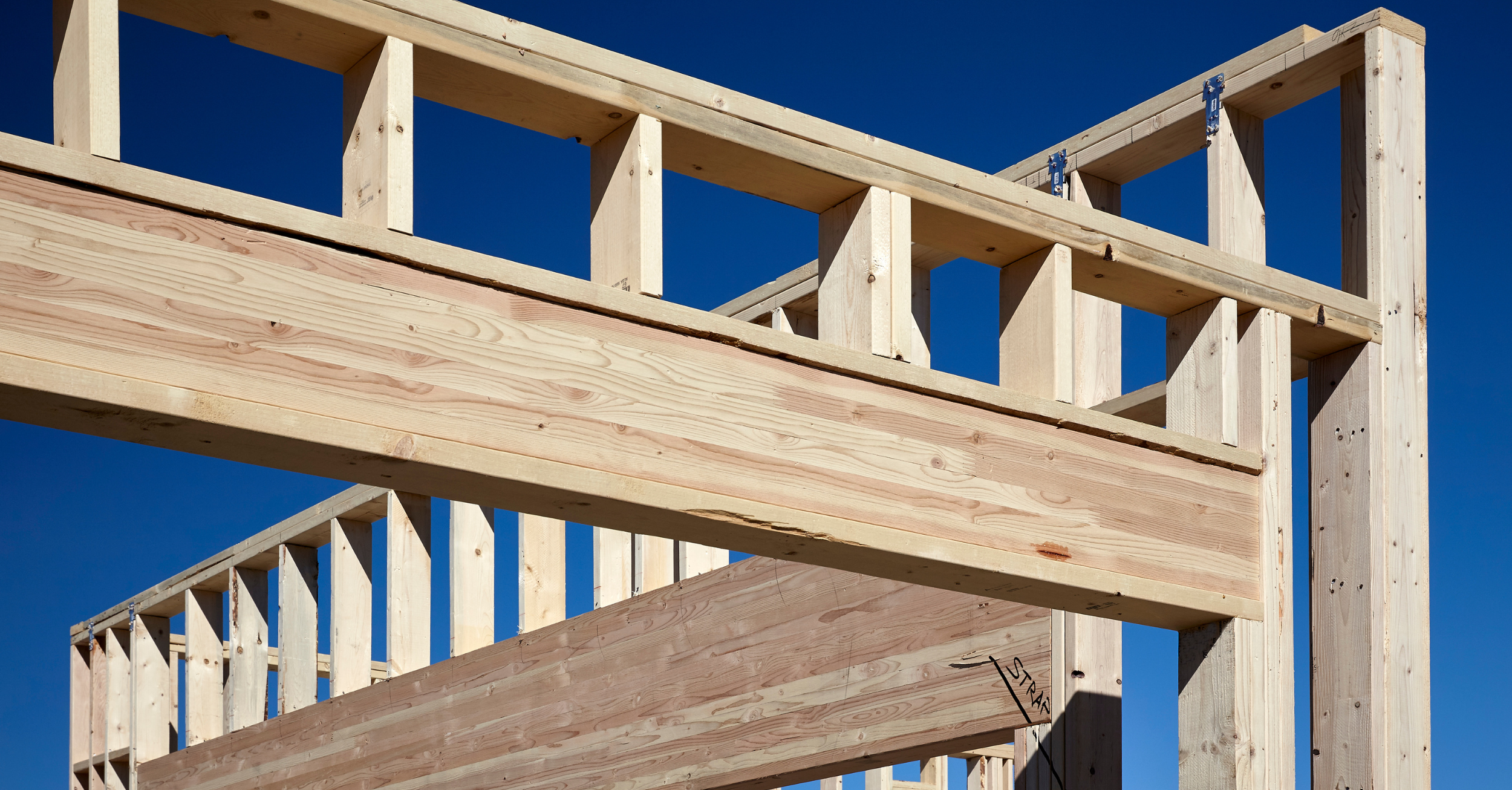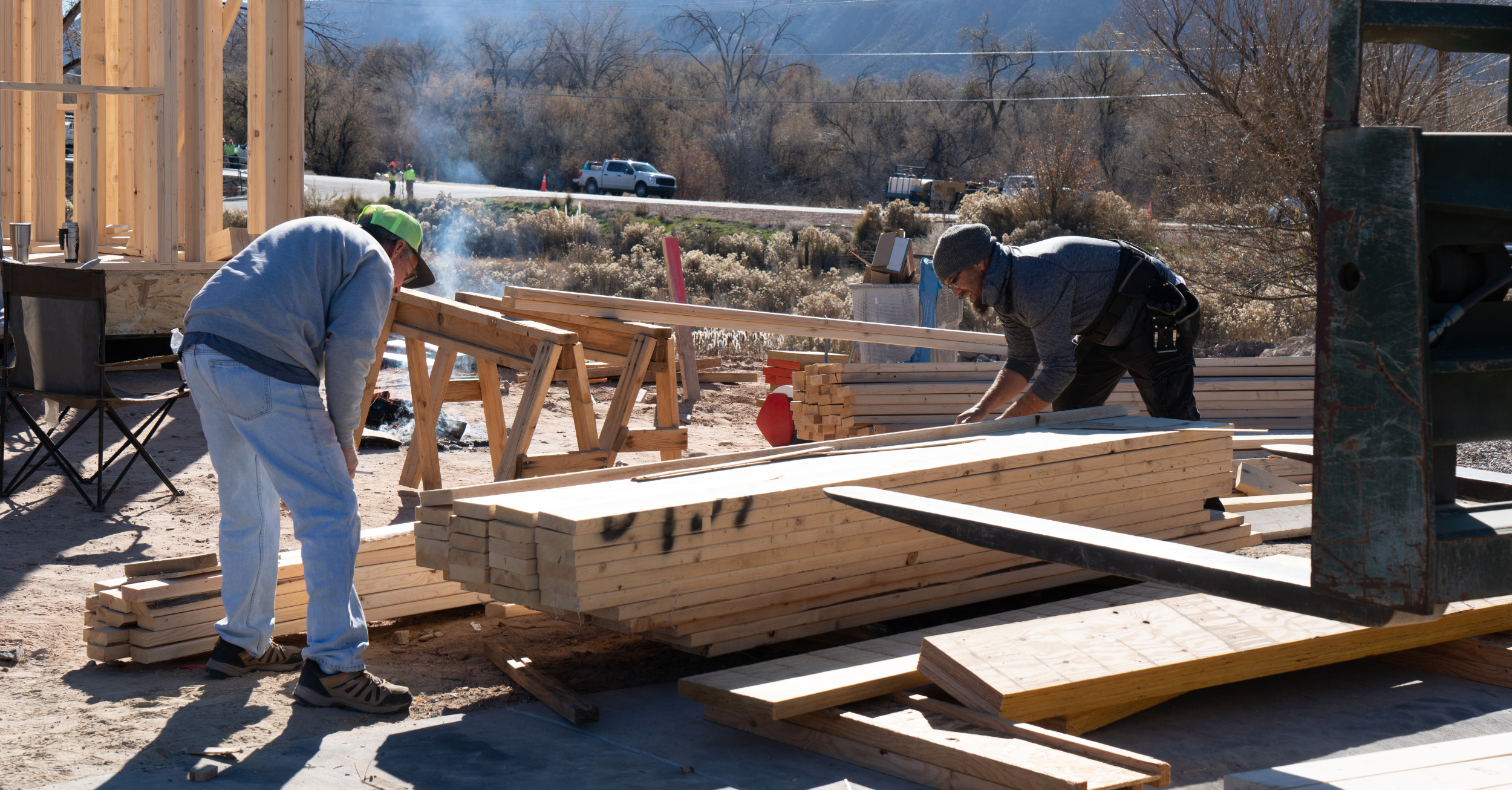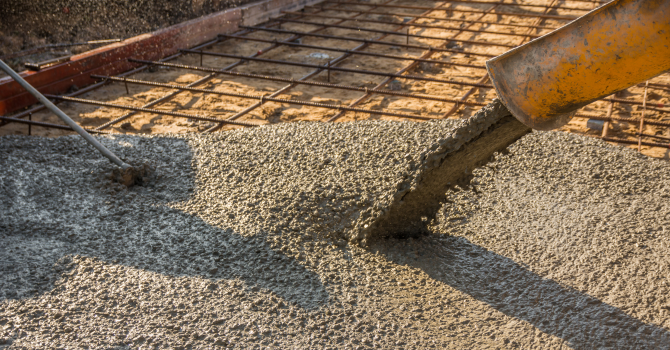Are you a contractor?
Join our network and attract real clients!
Table of Contents
5 min read
Glulam Timber Framing: A Pioneering Method in the Construction Industry


5 min read
Glulam Timber Framing: A Pioneering Method in the Construction Industry
Interior renovationsGlulam Timber Framing: A Pioneering Method in the Construction Industry
Glued-laminated timber framing is tomorrow’s building material. Not only does it have numerous advantages, but it also reflects the environmental shift underway across the construction industry.
If you’re looking for a home that’s certified green, look no further than glued-laminated timber framing. Here’s why:
What’s glued-laminated timber framing?

Source: Canva
Glued-laminated timber framing—or glulam as it’s more commonly referred to—is a wooden structure that consists of 45 mm-thick layers of lumber bonded together with glue. The adhesives used are phenol-formaldehyde and aminoplast resins.
The above-mentioned glues are thermosetting adhesives made with resin mixed with a curing agent on-site.
Its quality is contingent on 3 factors:
pressure;
humidity;
temperature.
The bonded slats of lumber are then used to build beams and columns that will eventually serve as structural framing.
Pros and Cons of Using Glulams to Build a House

Source: Canva
Five Pros of Using Glulams
1. Strength
Compared to traditional timber framing, glulam framing doesn’t have the natural flaws—big knots, for instance—of solid lumber. As such, the varying degree of strength exhibited by each beam is optimized by glued-laminated manufacturing standards.
This is especially true when it comes to balancing loads—glulams can withstand greater loads compared to solid lumber beams.
Lastly, glulam is very resilient when eventually exposed to chemical products, as well as humidity-caused deformation and warping.
2. Eco-friendly
The construction industry is facing the ever-growing risk of resource scarcity. Consequently, the focus is placed on the use of renewable materials.
Glued-laminated timber falls squarely into the criteria for efficient, clean, and green materials since it has:
favourable cost-benefit;
sustainable characteristics with future generations in mind;
a lifecycle that’s in line with the construction industry’s development.
Glulam takes part in mitigating an energy consumption trend that’s rather significant. In fact, the building industry currently represents:
32% of the total energy consumption;
38% of carbon dioxide emissions.
Choosing glulams means opting for a better future.
3. Mechanical performance
While glulam beams are stronger than solid lumber, their mechanical performance is nonetheless largely dependent on the methods used to meet structural building constraints.
Therefore, glulam framing used for substantially-sized structures can be paired with steel plates for additional reinforcement. The latter will significantly increase the load-bearing capacity and the axial rigidity of the glulam beam.
4. Significant sizes
Glulam timber maintains a humidity level of 12%, which limits its tendency to contract and shrink, making it more stable than solid lumber. Since it’s made with layers of slats glued to one another, a single beam can span 328 ft (100 m).
Therefore, very big structures can be built, showcasing various shapes, from curves to arcs.
A structure built using this type of framing is widely open and aesthetic, courtesy of the lack of need for additional structural support beams.
5. Especially lightweight
Glulams are of proportional weight, making them 5 times lighter than a standard lumber beam, yet they maintain equal strength.
The Four Cons of Glued-Laminated Timber
1. Steeper prices
The cost of glulams has to be put into perspective based on available resources. In regions like Quebec, Ontario, and British Columbia, where wood is readily accessible, glulam tends to be less expensive than in countries (or regions) with limited forested areas.
Regardless of the situation, glued-laminated timber will always be more costly than traditional solid lumber, due to its processing and transformation.
2. Differing qualities
The quality of glulam timber largely depends on the method used during its manufacturing process. This is very closely related to the adhesive used to bond the slats together.
If the pressure, humidity, and temperature conditions aren’t met, the strength of a glulam beam won’t be consistent. However, standards meticulously monitor the manufacturing process of such materials.
As seen with CSA 086 standard, which distinguishes 4 glulam timber grades:
20f-E;
20f-EX;
24f-E;
24f-EX.
The accompanying E and EX labels serve as the beams’ positional indicators, meaning either symmetrical to the neutral axis (EX) or asymmetrical (E).
The glulam is then graded as “generic” or “proprietary.” Beware of the latter.
Proprietary glulam doesn’t meet CSA 086 standard but has similar characteristics. To ensure this fact, the Canadian Construction Materials Centre (CCMC) is responsible for approving their efficiency.
In Quebec, generic glulam is manufactured by Goodfellow and Art Massif.
3. Integrity compromised by splitting
Above all else, this is a problem inherent to large-scale structures. Although glulam has fewer joints than commonly-used materials, it’s made weaker by steel joints.
Therefore, its integrity is comprised, typically resulting in the beams’ ends splitting where the tension forces are transversal to the wood grain. The ductility (the degree to which the material can sustain deformation) and its load-bearing ability are diminished.
However, solutions have been developed:
self-tapping screws;
steel tubes;
struts;
braces;
diagonal bracing.
Ongoing research is contributing to the further development of joints maintaining the load-bearing capacity of glulams, especially when it comes to better strength distribution between the upper and lower angles of beams and columns.
4. Vulnerable to water exposure
Amongst its numerous merits, we highlighted glulam timber’s resistance to humidity. While it sure can resist it, it doesn’t necessarily mean that it reacts positively to it. Consequently, damage caused by water infiltration can result in:
rotting;
biotic decomposition.
The second factor correlates with the proliferation of mould, moss, etc., which damages glulams in a similar fashion as it does solid lumber.
Stability and Homogeneity of Glulam Timber Beams

Source: Canva
Since the slats are assembled in pieces using adhesives, it means that tall trees aren’t necessarily required.
As a result, glulams aren’t as prone to knotting, which is something that typically develops over time. Therefore, glued-laminated timber exhibits greater resilience compared to solid lumber due to its exceptional homogeneity.
The dimensional stability of a glulam beam is also superior to that of a solid lumber beam. This is attributed to the drying process it undergoes. In fact, each wood slat is individually dried before adhesives are applied.
Get 3 quotes for your glulam timber framing project
RenoQuotes.com can help you get quotes from a general contractor. By submitting your project, we’ll put you in contact with top-rated contractors. Fill in the form on the homepage (it only takes a few minutes) and get estimates from trusted professionals.
Dial 1-844 828-1588 to speak with one of our customer service representatives.
Last modified 2023-11-07
Looking for something else?
Related articles
The latest industry news, interviews, technologies, and resources.

N/A • 07 Nov 2023
It’s undeniable that the pandemic we're facing has been the source of many upheavals, both socially and economically.

RenoQuotes.com • 13 Nov 2023
The labour shortage is one of the leading recruiting challenges facing the Quebec construction and renovation industry in 2023. As a result of the aging workforce and declining birth rates, the amount of available workers has significantly decreased in the last few years. Furthermore, the construction and renovation industry is confronted with an intense rivalry from other industries, making talent acquisition even more difficult. Companies are struggling to find labour and its effect is increasingly recognized. It’s a pattern that has been established within our company. Indeed, much like our CEO, Michel Jodoin, stated at the start of the year, hundreds of job offers specific to the renovation industry are being posted on our platform, many of which have yet to find takers.

RenoQuotes.com • 17 Apr 2024
The majority of the population is unaware that the air they breathe inside their home isn’t that great.

Cynthia Pigeon • 08 May 2024
If knocking down a load-bearing wall is no simple matter, then knocking down a non-load-bearing wall isn't a walk in the park either. To know just how to carry out this kind of task, and achieve a decent result, here are the necessary steps and precautions to follow.

Cynthia Pigeon • 07 Nov 2023
Whether for interior or exterior work, knowing how to pour a concrete slab is vital for anyone wanting to carry out major home renovations. This process can be a bit tricky, especially since you have to follow certain steps to a T, otherwise, the slab could crack prematurely.